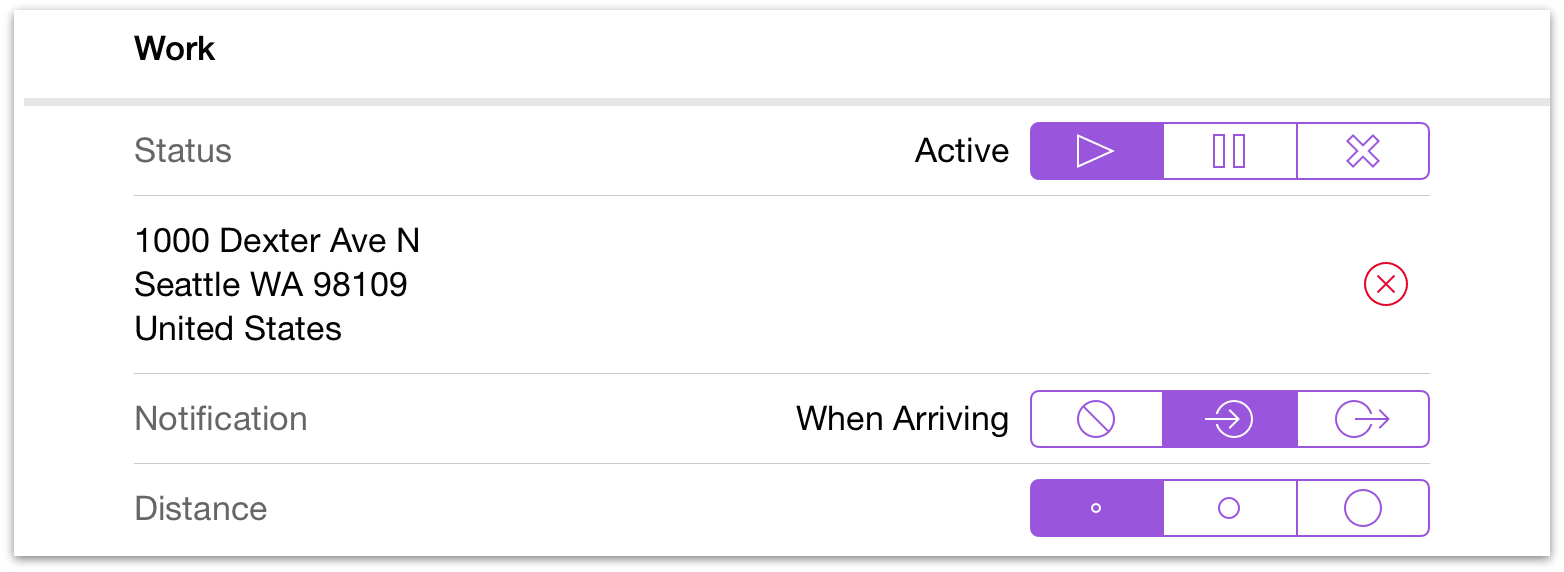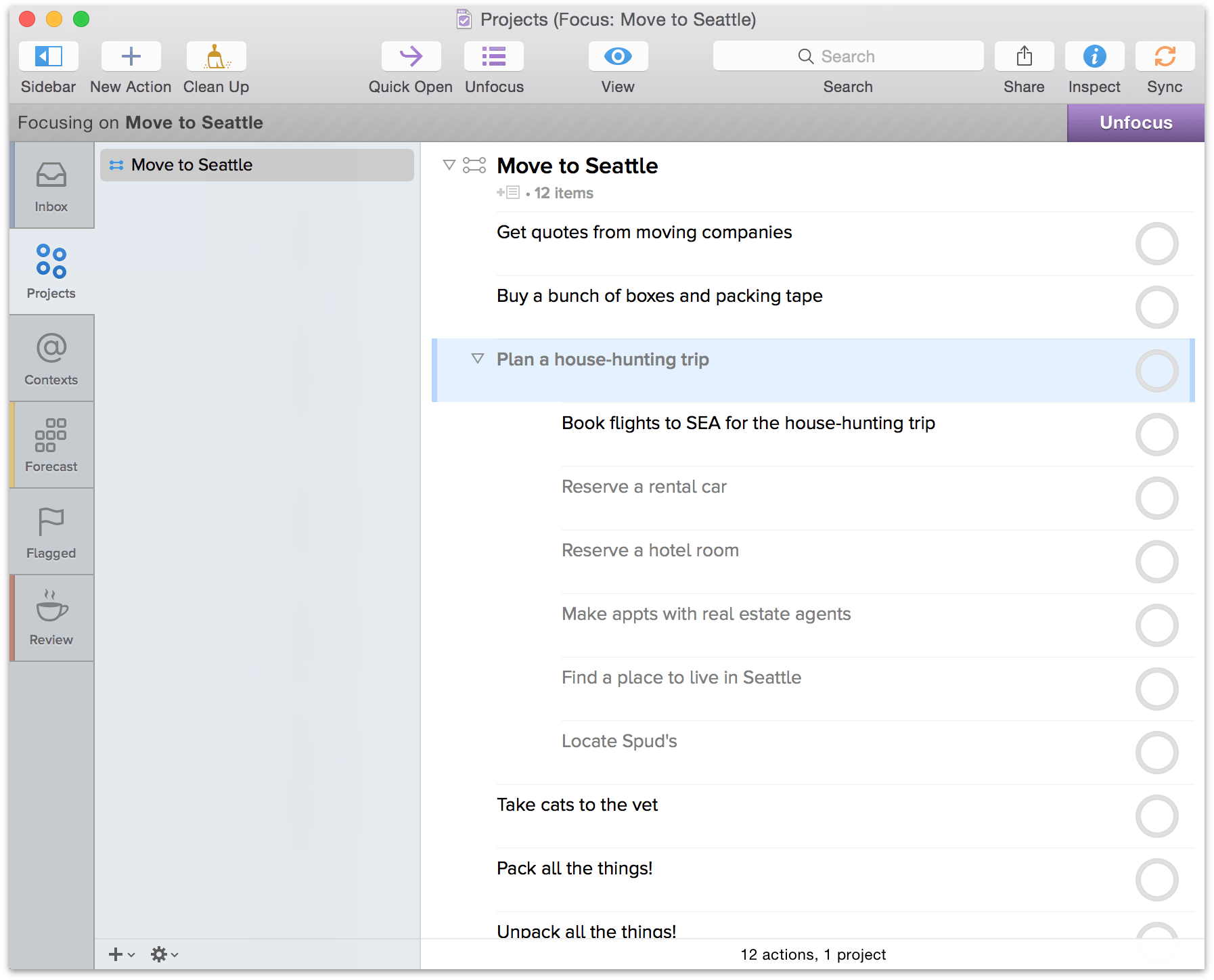

I’m lighter for knowing where I am with everything, even if right now I’m under the cosh with too much to do. No more wondering if there’s another list in another notebook. What I’ve said to him is that if he gets into the habit of saving everything to OmniFocus, he will come to know that everything is in there. Now he’s taken to OmniFocus like an evangelist in the making, but I think he has one issue left. It was for a fella whose workload made me go pale and who has been handling it all on paper. This came up in a mentoring session I did earlier this week that, unusually, was dedicated solely to the use of OmniFocus. When it’s all slotted away and your inbox is clear, everything is off your mind and it’s all in your one OmniFocus system. Slot this task into that project, add a date or don’t – preferably don’t – and do what’s called processing everything. You’ll find that you delete a lot, you mark many others as done, and the rest you have a proper ponder about. When you get time, go through that inbox and have a think. Get it into OmniFocus’s inbox and get it out of your head. If it’s something you have to do, if it’s something you want to do, if it’s something that might turn into something that has to be done by somebody, save it in OmniFocus and worry about it later. Then, each time I sit down at that computer, I have all the tasks I should take care of in that sitting.What do I mean by everything? EVERYTHING.

Whenever I have tasks that can only be accomplished when accessing the audio equipment, I apply that context.

Omnifocus contexts professional#
We have a studio set up at home with professional audio equipment.

Here are the application-related contexts that I have set up on OmniFocus:īy far, the biggest time saver on the list is the context.Īnother one that works well for me is the context.
Omnifocus contexts how to#
While this post links to how to articles on OmniFocus, the set up of contexts is available in many different kind of task managers. If I'm going to grocery shop, it is likely going to be via the Amazon Fresh delivery service. The problem with his examples was that I can't stand going on errands and it is mostly Dave (my husband) who does the grocery shopping and dry cleaning drop offs in our household. Also helpful would be to drop by and pick up our dry cleaning. If I were going on an errand to our local CVS, it would also be good to know to stop at the grocery store, which is next door. The examples I remember him giving in the first edition were primarily location based. I completely didn't get how considering context was going to be useful to me at allįor those of you who may not be familiar with the idea of using context in your planning, he advises that with each action item on our to do list, we not only consider when this action needs to be taken, but also what (or who) would need to be present in order to do it. When David Allen's first edition of Getting Things Done came out, I liked his methods, with one big exception: I have always been a big fan of personal productivity books and tools.


 0 kommentar(er)
0 kommentar(er)
